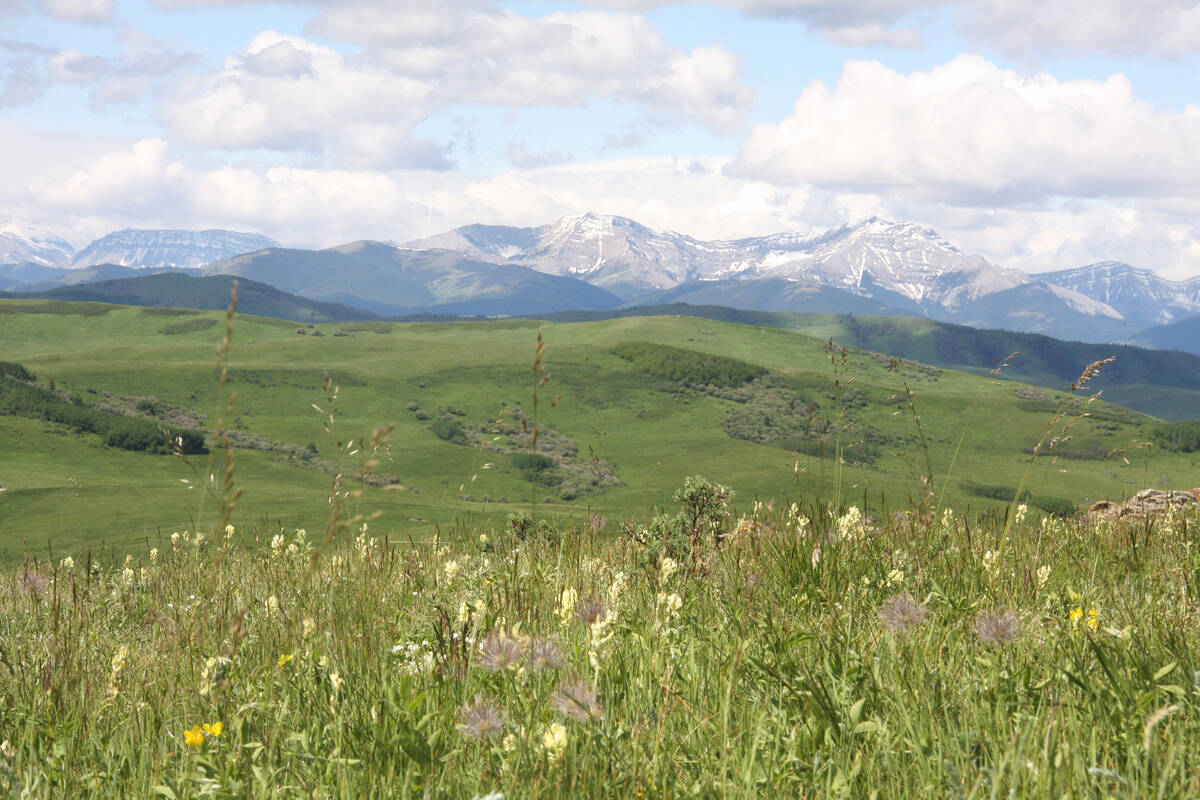Returning the cabin to its original condition was seen as a way to preserve the history of Alberta’s Blackfoot Grazing Reserve
A seldom-used gravel road abruptly ends where a fence impedes further travel. It’s part of the eastern boundary of central Alberta’s first grazing reserve. It was the location of the east-side corrals, where cattle from the east pasture could be worked. Here also stood a barn and a range riders’ cabin.
The reserve, about 32 kilometres east of Edmonton, was known as the Blackfoot Grazing Reserve for years, and had two large pastures — one to the west and one to the east.
Before the area became a grazing reserve, it was part of a 272,000 sq. kilometre tract of land set aside in 1892 by the federal government for a forest reserve.
Read Also

Selenium not deal breaker in coal mining: expert
Environmental scientist weighs in on coal mining debates in Western Canada, explaining selenium and the technologies and practices to lower its concentrations in nearby waterways to coal mining operations
Matt McCauley, Edmonton’s first mayor, started a logging operation there.
Forest fires in the late 1800s destroyed the timber and ended logging but the now lush grass growth supplied another opportunity. Settlers began grazing horses and then cattle in the now abundant grass.
The number of animals grazing the area grew so rapidly that in 1920 the government leased 40,000 acres to the newly formed Blackfoot Stock Association. At one time the land provided grazing for more than 6,000 head of animals. Unfortunately, some dry years in the late 1920s made the venture unprofitable and many members left.
In 1930, the Alberta government took over the reserve and between 1941 and 1947, managed the grazing. In 1941 the province renovated the headquarters on the west end and built the cabin on the east side.
Earl Warren was hired as the first range rider to manage the cattle and to build and maintain fences. Arthur Bennett was hired as his assistant. In 1943 Bennett became the manager and Hugh Faulkner the assistant, living mostly in the east-side cabin.
In 1948, local stockmen formed the Blackfoot Grazing Association with Jack Grey as the manager (rider). Members brought cattle to graze for the summer. In the fall, the range riders rounded up the cattle to be taken home for wintering.
At some point, the association bought the east side cabin, barn, and 41 km of boundary fence.
The original two pastures were cleared, seeded and cross-fenced to make a number of smaller pastures, which ultimately provided more grass.
Currently, the reserve is about 97 sq. kilometres, about a third of its original size. This was due to settlement and the acquisition of many acres by Elk Island National Park. The grazing reserve is only a part of this protected area now. Today it is called the Cooking Lake-Blackfoot Provincial Recreation Area and is shared by outdoor enthusiasts and the herds of cattle.
One local resident, Merlin Rude, recalls that in the 1950s his father and other neighbours organized a cattle drive in which 50 to 60 head were herded from south of Tofield, Alta., to the reserve — about 27 km. Those boyhood memories, as well as his personal involvement in the Blackfoot Grazing Association, inspired Rude to try to preserve some of the history of the reserve. He thought one way to achieve this would be to restore the range riders’ cabin to its original condition.
A single room structure with one door, two small windows and 216 sq. feet, the cabin had limited space. Although it was no longer used by range riders, it remained at the east side corral site until 2001.
At that time it was relocated to the main corral area by Rude, now board chair, and Duane Schacker, pasture manager, with the hope that it could be restored. Rude removed the hardwood floor, numbering each board to make it easier to reconstruct, but the association was not interested in reconstruction.
In 2017, rather than see the cabin deteriorate further, Rude asked to buy the cabin.
After first getting approval from the grazing association and in April last year from Alberta Environment and Parks, Merlin moved the cabin to his farm and began the restoration.
He and his wife, Joanne, spent a month replacing damaged boards, reconstructing the floor and cleaning the interior. The window glass was replaced. The door remained usable even with the small hole that looks much like a bullet hole (no one knows or is willing to say how that came to be). The few remaining wooden shingles were replaced with a metal roof.
Rude sourced a number of items for furnishing the cabin so that it would represent the time period. He set up a wood-burning kitchen stove and was able to buy an old drop-leaf table. He supplied a gas lantern that is in working condition. There is even an antique bed and a washbasin hanging on the wall.
The Rudes have restored the cabin as much as possible to what it would have looked like in the late 1940s.
Much has changed since the reserve was set aside. The vast stands of spruce and tamarack have been replaced by aspen forest. The herds of cattle and horses numbering in the thousands have diminished to 1,200 head of cows. The range riders’ cabins, old wooden barns and pole corrals were replaced with modern buildings and steel cattle handling systems.
Although progress brings innovation and convenience, it is important to remember prairie heritage and how those who came before paved the way for the present-day lifestyle. Rude’s cabin restoration is one reminder of this heritage.















